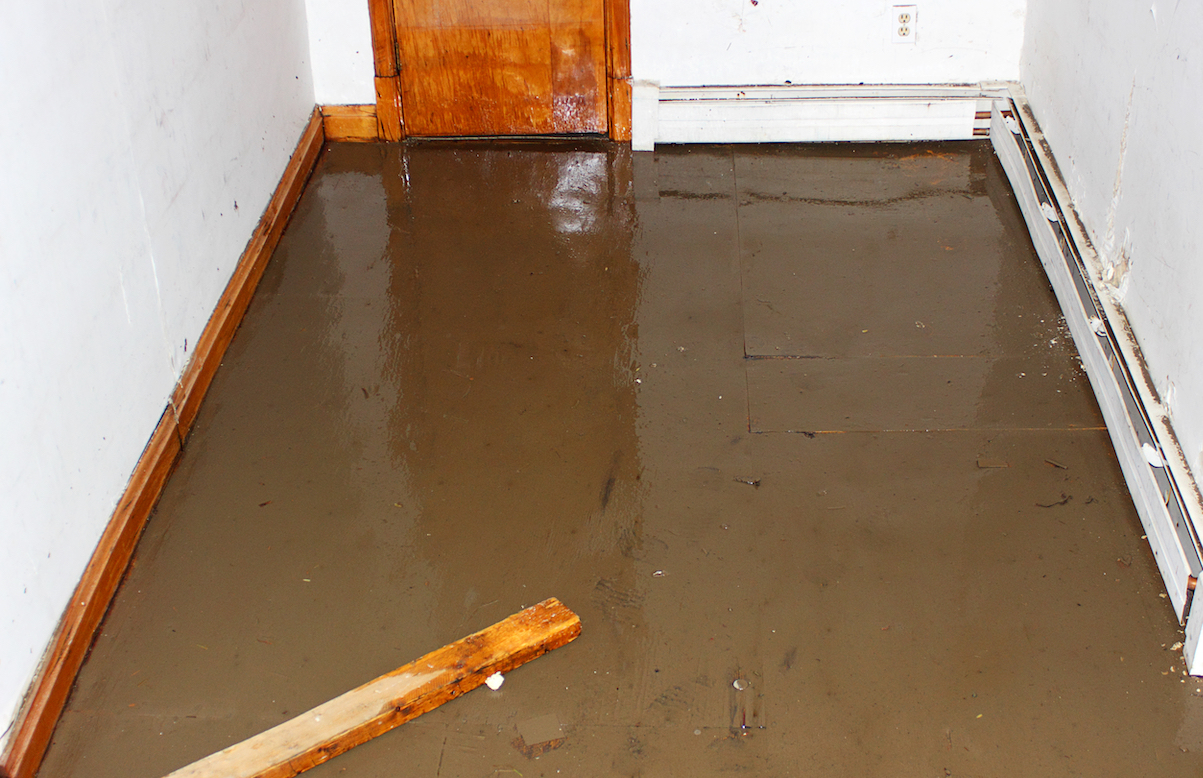Water damage cleanup is a critical process that homeowners and property managers may face after incidents such as floods, leaks, or pipe bursts. It involves more than just drying out the affected area; it requires a thorough approach to prevent mold growth and structural issues. Understanding the steps involved can significantly mitigate potential long-term damages, ensuring your space returns to its pre-damage condition efficiently.
Table of Contents
The Importance of Prompt Action in Water Damage Situations
Identifying the Types and Sources of Water Damage
Essential Steps for Effective Water Damage Cleanup
Tools and Equipment Needed for Efficient Water Damage Cleanup
Professional vs DIY: Making the Right Choice for Your Situation
The Importance of Prompt Action in Water Damage Situations
Taking immediate action in the wake of water damage is paramount to minimizing the impact on your property. The longer water sits, the more it seeps into floors, walls, and furniture, leading to mold growth and structural damage that can be both hazardous and costly to repair. Swiftly addressing water intrusion can drastically reduce these risks, preserving the integrity of your home or building and safeguarding against additional complications down the line.
Identifying the Types and Sources of Water Damage
Water damage can manifest from various sources, each with its unique challenges and required approaches for cleanup. Broadly categorized into three types—clean water, gray water, and black water—they range from harmless to highly contaminated.
Clean water originates from sanitary sources like rainwater or leaky pipes and poses no immediate health risks. Gray water, slightly dirtier, comes from appliances such as dishwashers or washing machines; it may contain chemicals or biological contaminants. The most hazardous, black water, stems from sewage backups or floodwaters and is teeming with harmful bacteria and pathogens.
Identifying the type of water involved is crucial in determining the necessary safety measures and cleanup procedures to restore your property effectively.
Essential Steps for Effective Water Damage Cleanup
Water damage cleanup involves a series of meticulously planned steps, each designed to ensure your property is restored safely and efficiently while minimizing potential long-term impacts.
Initial Assessment and Safety Measures
The first step in any effective water damage cleanup process begins with a thorough assessment. Identifying the source of water—whether it’s from clean, gray, or black sources—is crucial for determining the appropriate safety measures and cleaning procedures. Ensuring electrical systems are safely turned off in affected areas to prevent accidents is paramount. Equipping oneself with protective gear such as gloves, masks, and waterproof boots can safeguard against contaminants found especially in gray or black water.
Removing Standing Water
Once safety protocols are established, attention turns to removing standing water—a critical phase that demands prompt action. Utilizing pumps or wet-dry vacuums enables quick extraction of large volumes of water. This step must be conducted efficiently; prolonged exposure to moisture can exacerbate structural damage and encourage mold proliferation, a potential health hazard.
Drying Out the Affected Area
With standing water eliminated, drying out becomes the focus—arguably one of the most vital stages in this endeavor. Industrial-grade fans coupled with dehumidifiers facilitate air circulation and moisture removal from walls, floors, furniture—even air itself! This concerted effort ensures even deeply absorbed moisture within porous materials is addressed comprehensively.
Cleaning and Disinfecting
After ensuring everything is thoroughly dried comes cleaning—the objective being not just cleanliness but also disinfection, particularly when dealing with potentially hazardous waters like gray or black types. All surfaces need meticulous treatment using suitable cleaners that eliminate pathogens without damaging materials further; soft furnishings might require specialized techniques for deep cleansing without retaining dampness which could later foster mold growths.
This comprehensive approach goes beyond merely addressing immediate concerns following a flood event—it lays down a robust groundwork for preventing future complications like mold outbreaks.
Tools and Equipment Needed for Efficient Water Damage Cleanup
Equipping yourself with the right tools and equipment is essential for tackling water damage cleanup effectively. For starters, a reliable pump or wet-dry vacuum can remove standing water swiftly. Industrial fans and dehumidifiers play pivotal roles in drying out the premises, by facilitating air circulation and moisture extraction from the environment and materials alike. Moisture meters are invaluable for assessing dampness levels within walls and floors, ensuring no hidden pockets of moisture remain that could foster mold growth. Additionally, personal protective gear such as gloves, masks, and waterproof boots protect against contaminants present in the water.
Having these tools at your disposal not only streamlines the cleanup process but also contributes to thorough sanitization efforts—laying down a solid foundation for restoring your property back to its original state.
Professional vs DIY: Making the Right Choice for Your Situation
When faced with water damage, the dilemma between opting for a professional cleanup service or taking the DIY route is common. Each choice has its merits and limitations based on the severity of the damage, your expertise, and available resources. Professional water damage restoration services come equipped with advanced tools and in-depth knowledge to handle complex situations efficiently, ensuring that every nook is dried out and sanitized according to industry standards. On the other hand, tackling cleanup yourself might be feasible for minor incidents if you have the right equipment and are prepared to devote significant time and effort to learning proper techniques.
Ultimately, assessing the extent of damage carefully can guide you in making an informed decision that safeguards your property’s integrity while aligning with your capabilities and budget constraints.
At J&R Restoration, we have all the experience and tools necessary to handle even the most complicated jobs. And if your water damage has led to mold growth, our mold remediation services will restore your home to its original condition. Contact us today for more information.


